Advertisement
Sprunki Multishift

Sprunki Multishift is a creative tool that turns music-making into an interactive game. Players place animated characters onto a grid, with each character representing a specific sound loop. These loops can range from drum beats to basslines, melodies, or sound effects. The placement order is important, as it determines how sounds overlap and interact. Even moving one character to a new position can change the rhythm or mood of the track. This system encourages players to experiment and listen closely to the results of each adjustment.
Combining Sounds For Different Effects
The game is designed around combining different characters to create layered compositions. A single track might include a steady rhythm, a deep bass, a repeating melody, and occasional effects. Players can mix and match these elements in countless ways. The characters can also be transformed, which changes how their sound is produced — adjusting pitch, speed, or adding effects. These transformations allow for deeper control over how the final composition sounds.
- Set the rhythm with percussion loops
- Add bass to give the track structure
- Layer melodies for variety
- Use vocal or atmospheric effects
- Rearrange frequently to explore new patterns
Real-Time Visual Interaction
Sprunki Multishift links visuals to sound so that every change in the arrangement affects both what you hear and what you see. Each character animates in sync with its sound loop, and transformations can alter the way it moves. This connection between sound and animation makes it easier to understand how different elements are working together. It also makes the process of music-making more engaging, as the visual feedback reinforces the creative choices players make.
No Set Goals, Just Creative Freedom
Unlike games with strict objectives, Sprunki Multishift gives complete freedom to explore. There are no levels to complete or scores to achieve. Instead, the focus is on experimenting with sound combinations and creating something interesting. Players can build short repeating loops or longer evolving pieces, depending on how they arrange and modify their characters. This flexibility means there is always room to try something new.
Endless Variations And Replay Value
Because there are so many characters, sound types, and transformation options, Sprunki Multishift has nearly unlimited replay potential. Even small changes to the arrangement can produce entirely different results. Each session can feel unique, encouraging players to keep experimenting and discovering fresh soundscapes. Over time, this makes the game both a fun interactive toy and a tool for learning about rhythm, layering, and composition in an accessible way.
Advertisement




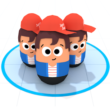























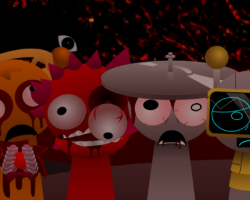
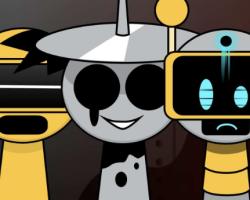
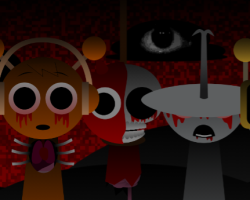
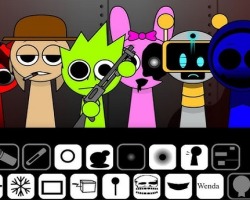
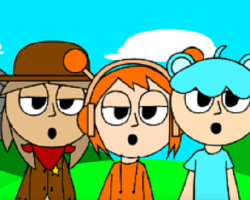
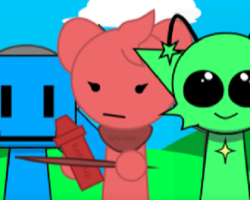
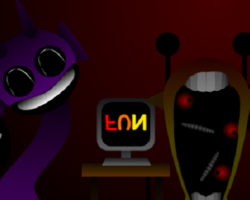












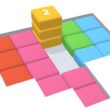













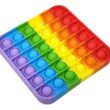










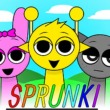
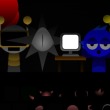






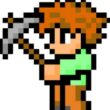





Comments